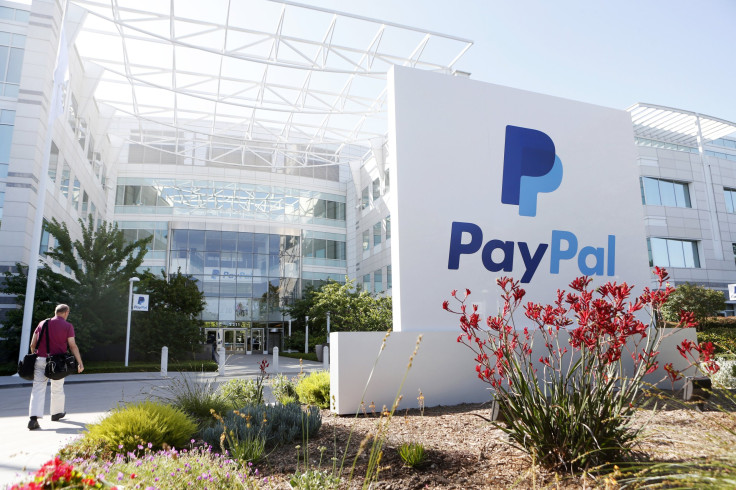Zelle And Apple Pay Rising, But PayPal Dominates Money Transfers

PayPal is in control when it comes to money transfers and payments among Americans, but other competitors are making their way up, according to a recent survey.
For the survey, Morning Consult polled nearly 2,000 Americans from July 20-24. Overall, 27 percent of respondents said they used PayPal a few times a year, while 15 percent said they used it once a month.
Read: PayPal Invests In LendUp, Startup Offering Loans To People Banks Deem Too Risky
PayPal Usage By Age
PayPal is more popular with Baby Boomers (65 and older), with 32 percent saying they use the service a few times a year, compared to millennials at 21 percent. Among those aged 30 to 44, 27 percent said they used PayPal a few times a year. Twenty-five percent of people aged 45-54 reported using PayPal, while 30 percent of people aged 55-64 said they used the service.
Venmo Popular Among Millennials
While PayPal has the lowest usage among millennials, its platform Venmo is bringing in young people. About 1 in 10 millennials (11 percent) said they used Venmo several times a day, the survey found. There is still room for more young people to join Venmo, since 58 percent reported not having an account with the app or said they did not use the service. Venmo is especially struggling with older people. For example, among those aged 30 to 44, 80 percent of Americans in that age group said they did not use the platform.
Zelle Vs. PayPal
Zelle, a payment service used by banks including Chase and Bank of America, is behind Venmo. While 58 percent of millennials said they did not use Venmo, 67 percent of young people said they did not use Zelle. The survey found eight percent of millennials use Zelle several times a day, and seven percent use it a few times a week.
Zelle has the ability to get more traffic because it’s linked to financial institutions, which means people can make payments using their bank apps instead of downloading a separate app like Venmo. However, since Zelle is linked to financial institutions, the service is limited to the banks that offer it. As of now, there are only nine banks that use Zelle, but there are more financial institutions that have signed on to use the service, including Citi and TD Bank.
People had more accounts with PayPal than other services like Apple Pay, Google Wallet and Samsung Pay. Among all respondents, eighty-four percent said they did not have an account or did not use Samsung Pay, while 79 percent of people said the same for Google Wallet and Apple Pay. Those numbers are much higher than PayPal’s 29 percent.
However, Apple Pay could get a boost this year. At the Worldwide Developers Conference, the company announced Apple Pay will support person-to-person payments.
Through Apple’s service, people will be able to send and receive funds while on iMessage using their Touch ID. With the feature, an iOS device will have the ability to detect when someone messages them about money owed. The iPhone or iPad will then show Apple Pay in iMessage as a suggestion where it usually predicts the next word the user should type.
The feature is set to roll out this fall with the iOS 11 update. Apple Pay’s person-to-person could make it easier for people to pay their friends, since they won’t have to go on to a separate app to transfer money.
However, PayPal CEO Dan Schulman said in an interview in June that Apple Pay’s new feature is no threat to the app.
“We’re technology agnostic,” he told The Telegraph. “Many individuals are [a] multi-operating system; they can have an Android phone, a Microsoft PC and an Apple tablet. You don’t want a different payment methodology on each of those things … you want a consistency across that."
It’s also worth noting that PayPal has teamed up with Apple rival Samsung this month. Samsung Pay is adding PayPal as a payment method, which means people can use PayPal wherever Samsung Pay is accepted, either for in-app, online or in-store purchases.
© Copyright IBTimes 2024. All rights reserved.





















